Fujifilm Instax Wide 400 Review: Back to Basics
Fujifilm Instax instant film brings in a huge amount of income to its imaging division and is a cornerstone of Fujifilm’s dominance in the analog arena. With that much popularity, it’s odd that we’ve had to wait so long for a new entry in the Wide series.
Instax cameras have become insanely popular as a fun gift for teenagers, a travel and wedding novelty, and as an easy way to get the analog look without needing too much expertise. The latest Fujifilm wide format camera is the Instax Wide 400, and it promises to bring back the basics to a new generation of instant film shooters.
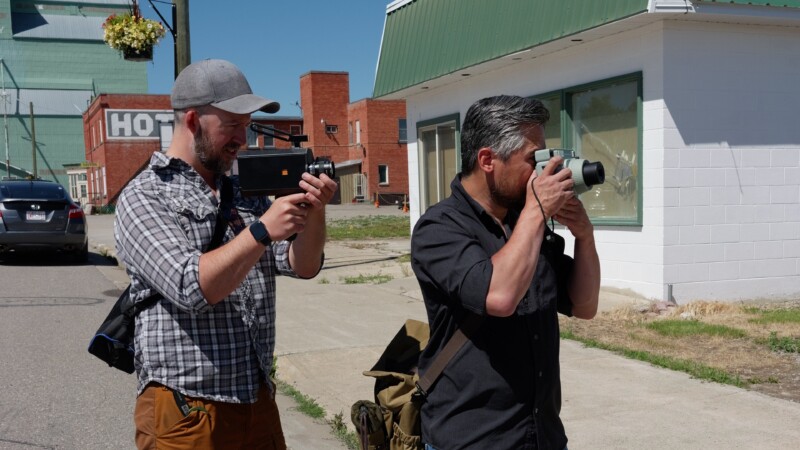
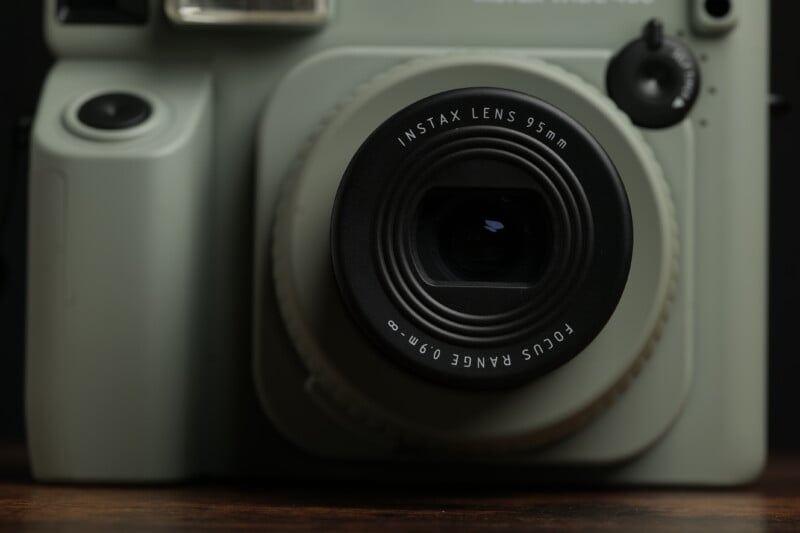
Fujifilm Instax Wide 400 Review: How it Handles
And you better like basic because the Instax 400 is clearly aimed as an entry-level Instax camera for the uninitiated. I played with last year’s Fujifilm Instax Mini 99 which was a very creative camera with cool filter effects, albeit with the smaller mini format of film. However, Fujifilm hadn’t released a new wide-format camera in almost a decade so we didn’t know what to expect. It turns out that this Instax 400 is about as far as you can get from the Mini 99 camera, with a very friendly-looking and playful design that eschews almost all manual control.
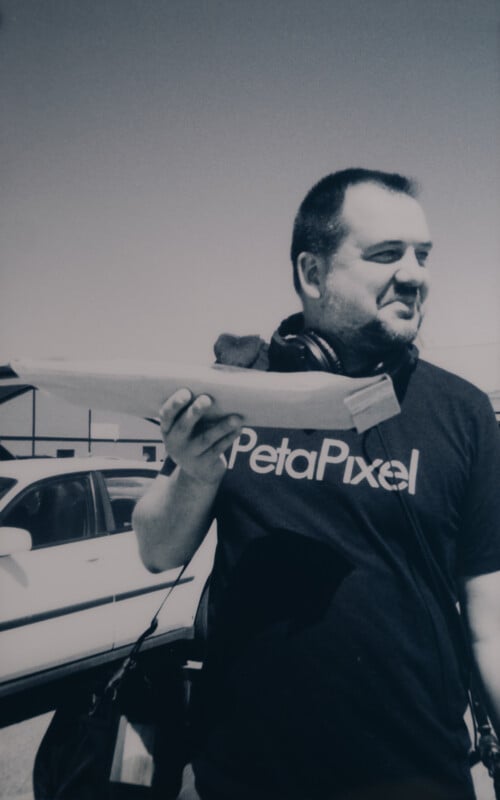
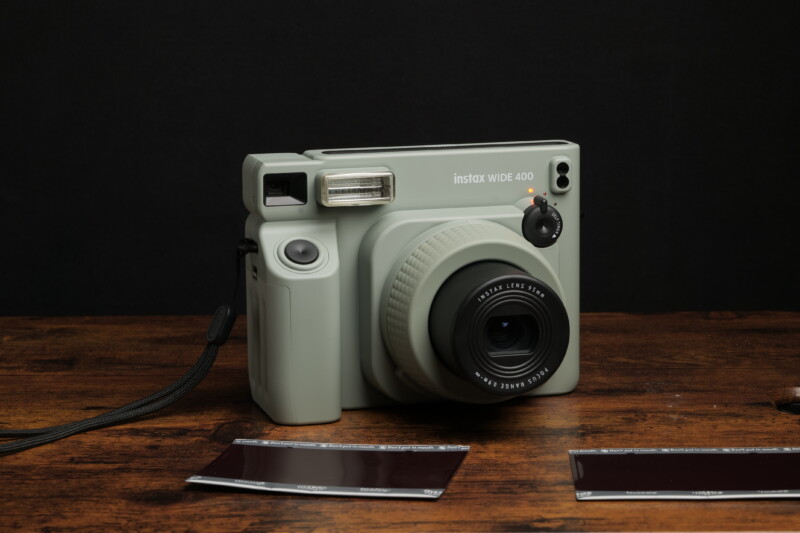
The first thing you notice is the new Sage Green (the only color option available) which would be equally at home on a Subaru SUV. The camera is fairly chunky feeling with an excessively large grip that holds the four AA batteries as a power source. The camera weighs just over 21 ounces (600 grams) and the handling overall is a little difficult to grasp.
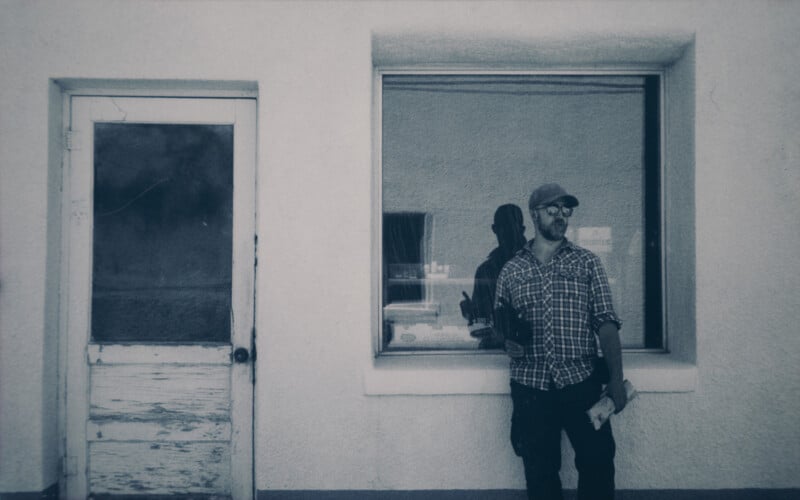
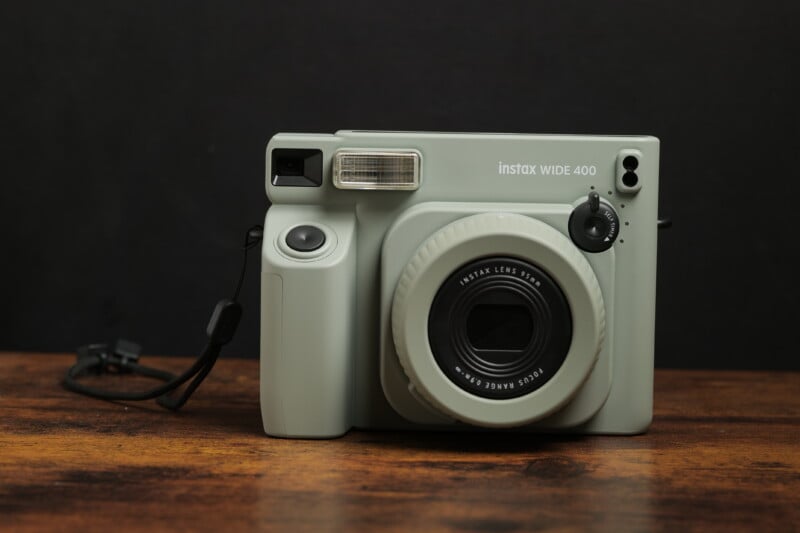
The fit and finish are really nice, though. The dials and buttons don’t just look like basic plastic bits but are instead nicely molded with obvious attention to detail and everything clicks into place soundly. The strap lugs, metal film compartment release, and self-timer switch all look like they come from a prestigious camera despite the basic intentions.
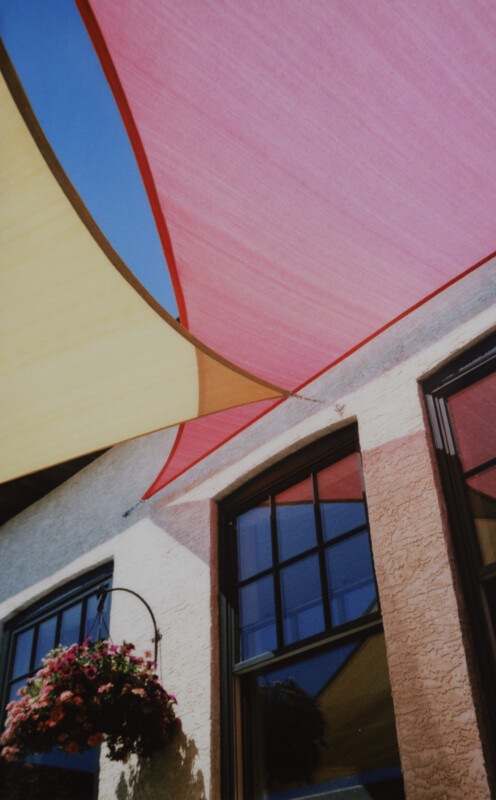
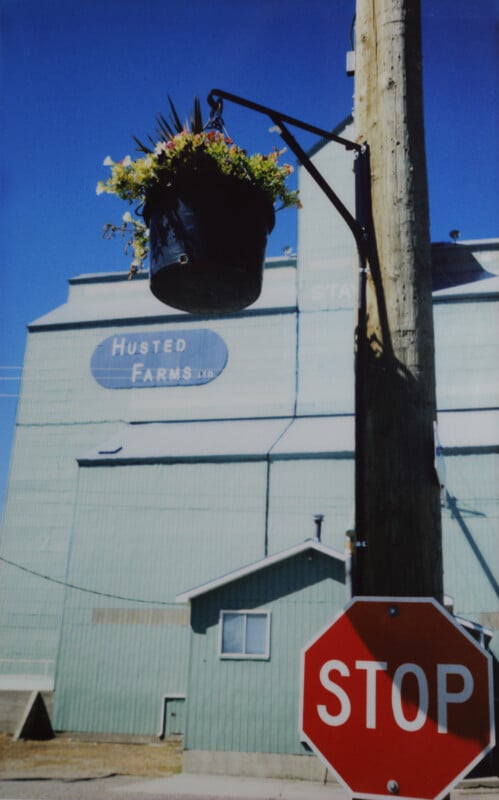
There is also a cool little square-shaped cut-out that fits the included plastic wedges to provide a secure and predictable way to prop the camera angle up for selfies and table-top pictures. No more jamming a smartphone under the camera to get it to point upwards.
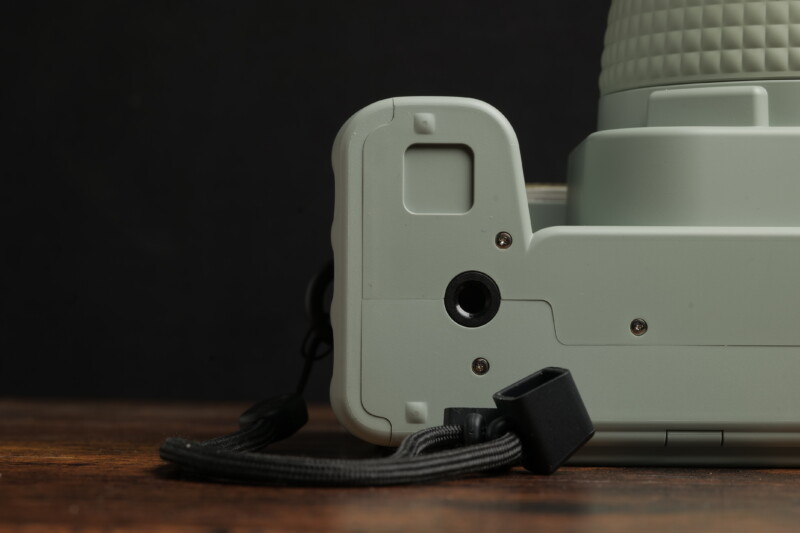
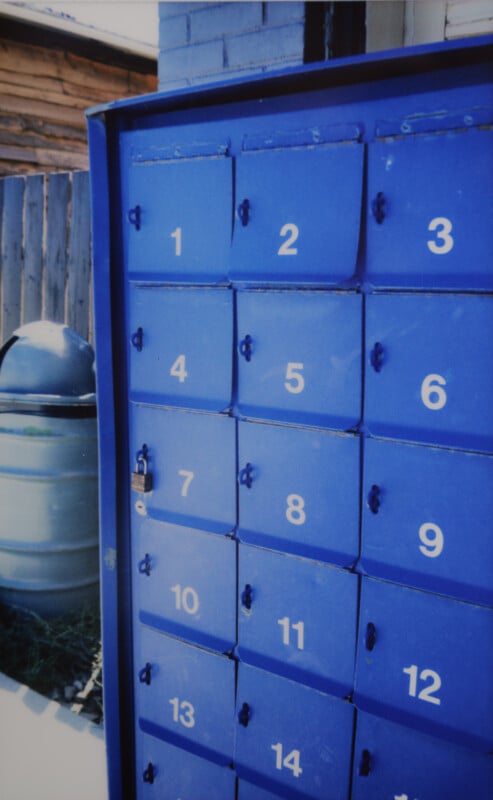
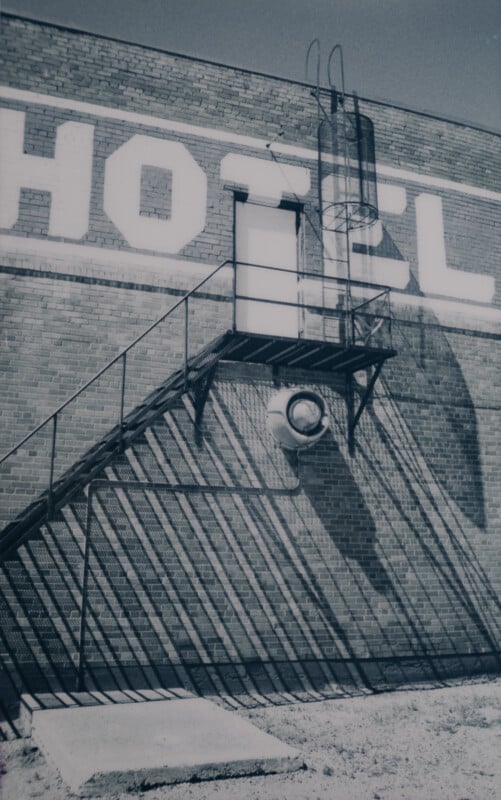
Fujifilm Instax Wide 400 Review: How it Shoots
What about the overall shooting experience? Well, one thing that bothered me right off the bat was the poorly calibrated frame lines. The small optical viewfinder has a couple of issues starting with the fact that the actual compositional aid is not centered in the viewfinder but rather is offset quite a ways. This takes some serious getting used to because my natural inclination is to center my eye and despite being aware of the issue I still fall for it every time.
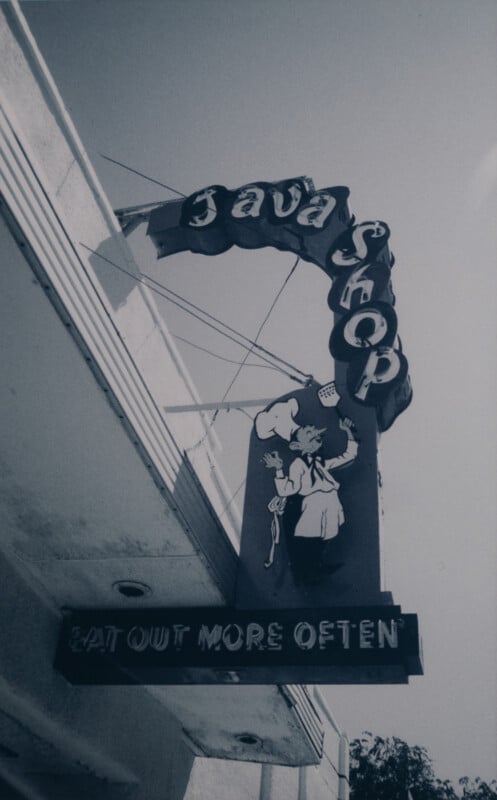
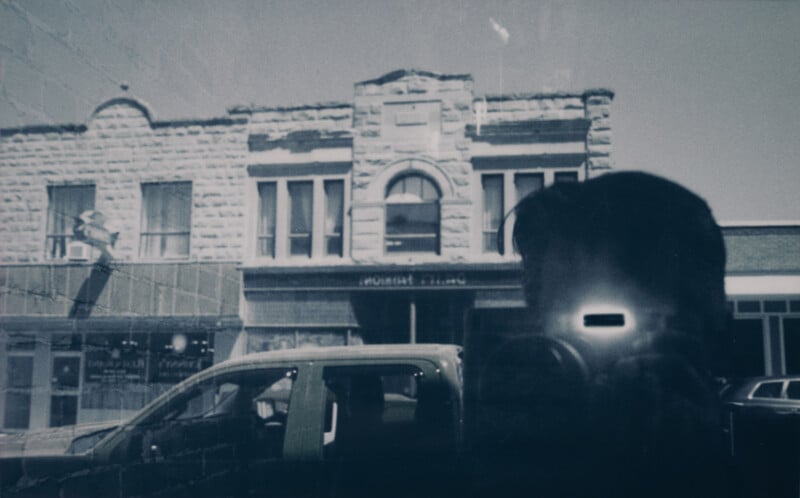
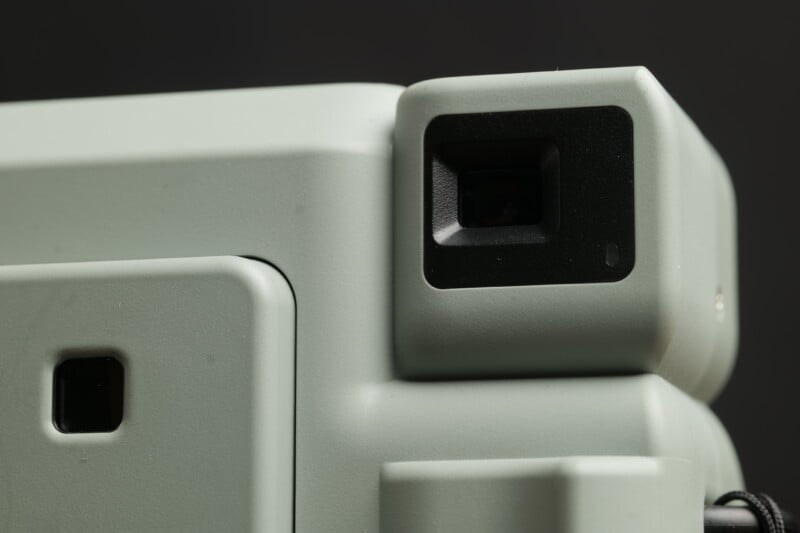
I also found the frame lines to be calibrated for subjects about four to six feet away. This makes sense for the majority of family portraits and arms-length shots that we usually take however, even at close ranges the frame lines always capture too much outside the frame. Better to err on the side of caution I guess, but I like to frame fairly precisely and this camera was frustrating to compose with. When using the up-close parallax corrected frame lines, I found the framing to be far more accurate; macro shots it is, from now on.

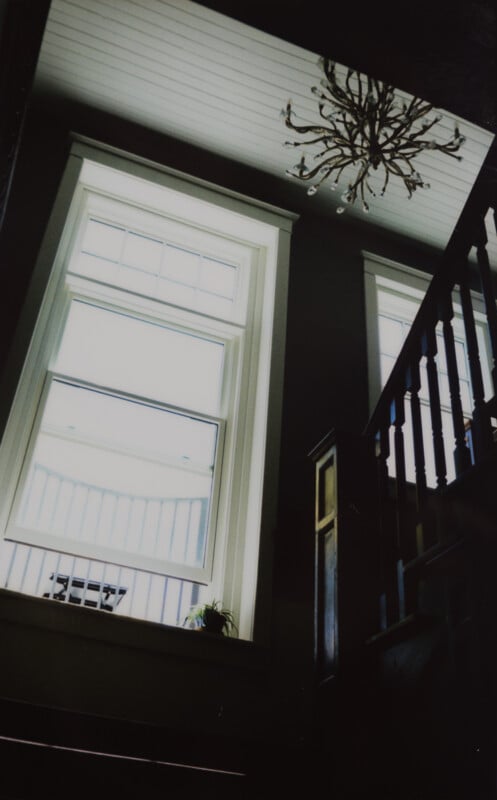
On the flip side, composing with the curved mirror on the front of the camera for selfie shots was surprisingly more accurate than using the viewfinder, so make sure to take lots of photos of yourself at arm’s length. I liked the self-timer functionality where I get LED indicator lights to show four-, six-, eight-, or ten-second intervals of time. There is also a flash built-in to the Instax Wide 400 but the camera meter will decide whether to fire it or not. As a rule, there is no real manual control over exposure or flash, and focusing is done in the classic zone-focus setup.
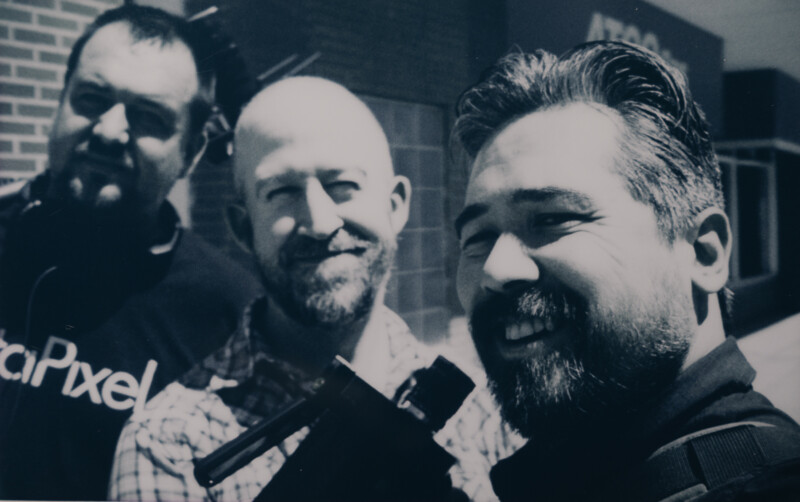
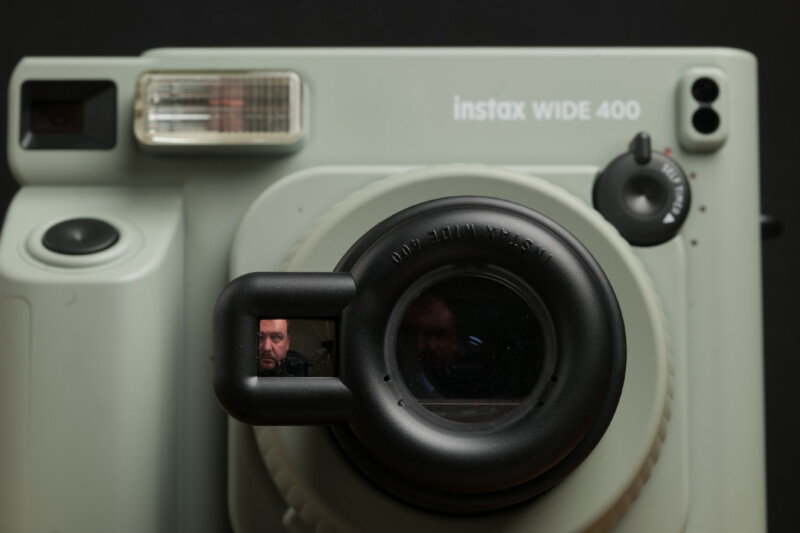
The lens seems to be the same 95mm lens from the older Instax Wide cameras which gives a roughly 35mm full-frame field of view. There are only two zones to focus within from either 0.9 meters to three meters, or three meters to infinity, but the photos are decently sharp and the wide format gives a much more noticeably pleasant viewing experience than the tiny mini format shots. Like all Instax shots, the exposure is sometimes a little over-exposed, and the colors are desaturated but frankly, that is the classic Instax look.
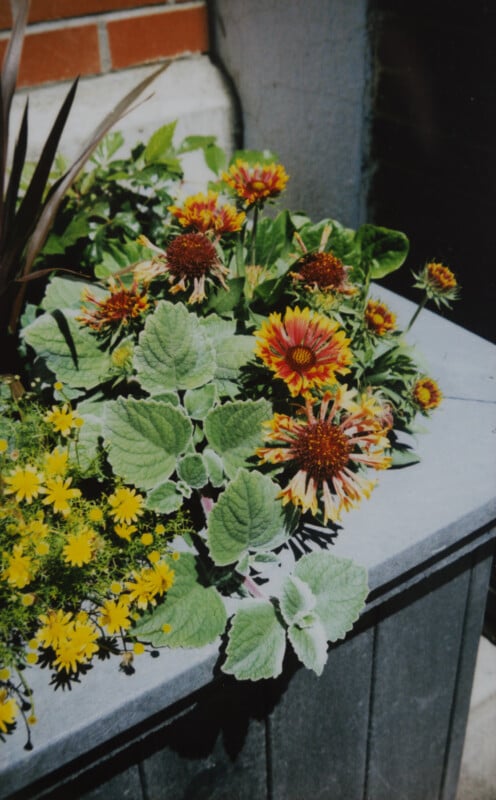
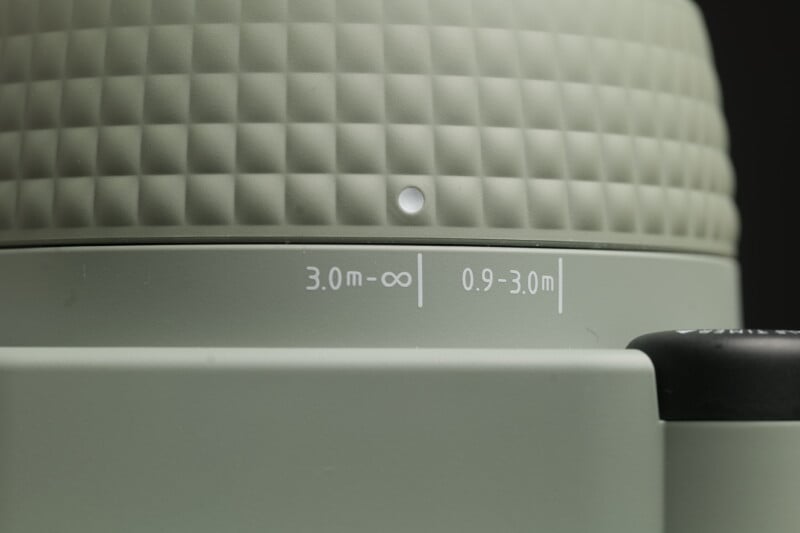
A Stylish, Beginner’s Camera
I think the Instax Wide 400 makes sense as a stylish beginner camera to win over a new generation of users with a very easy-to-use experience. Sadly, I am not the target audience of this camera and I constantly wanted more from the compositional aids and exposure tools on the 400.
I’m very excited about the possibility of a more creative and powerful camera like the Mini 99 but with the larger wide format so I will wait with bated breath. However, if you want a simple point-and-shoot experience or a nice gift with larger format images the Insatx 400 makes a lot of sense.
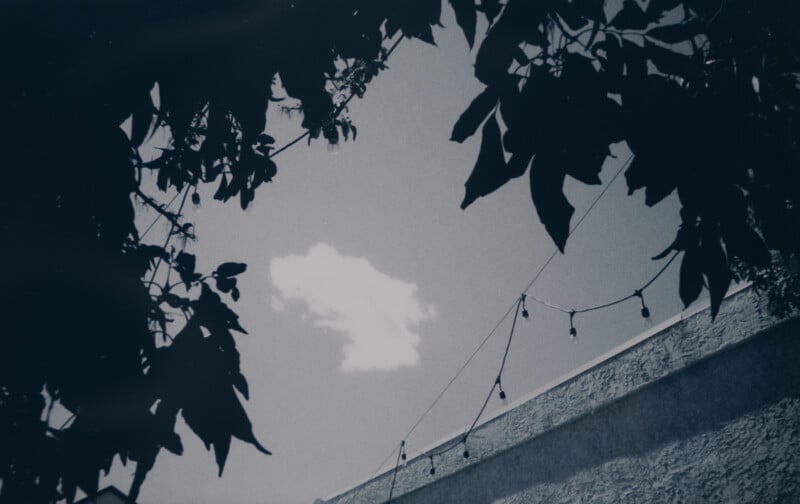
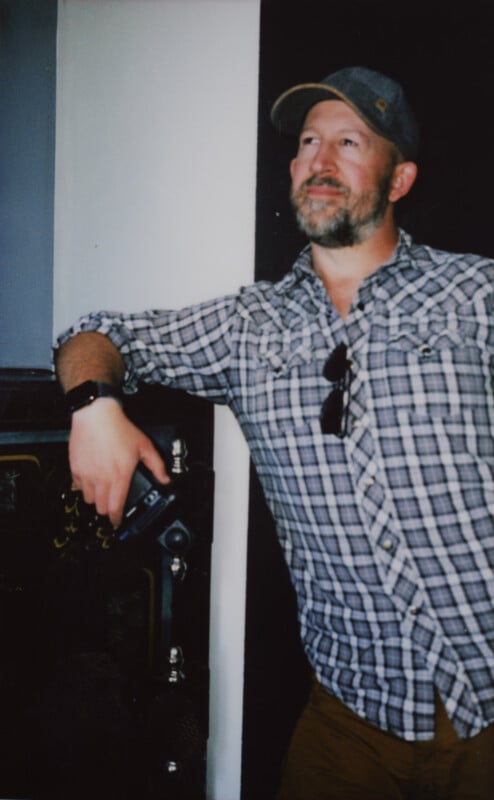
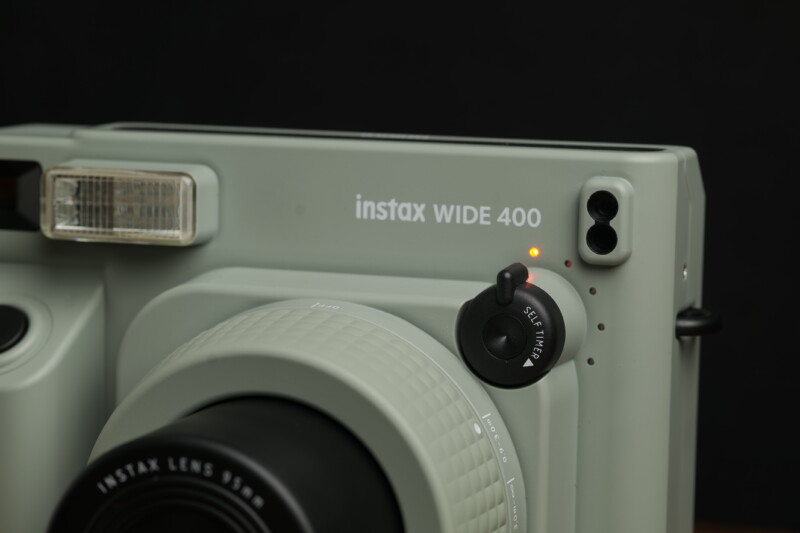
Are There Alternatives?
The older Fujifilm Wide cameras can be found used but I would take a look at the Lomo Automat cameras or the Mint alternatives to get better lenses and more manual controls.
Should You Buy It?
Maybe. Whether this camera appeals to you will largely depend on how advanced an experience you want out of it, and I think many users will prefer to wait for even a modicum of manual control.